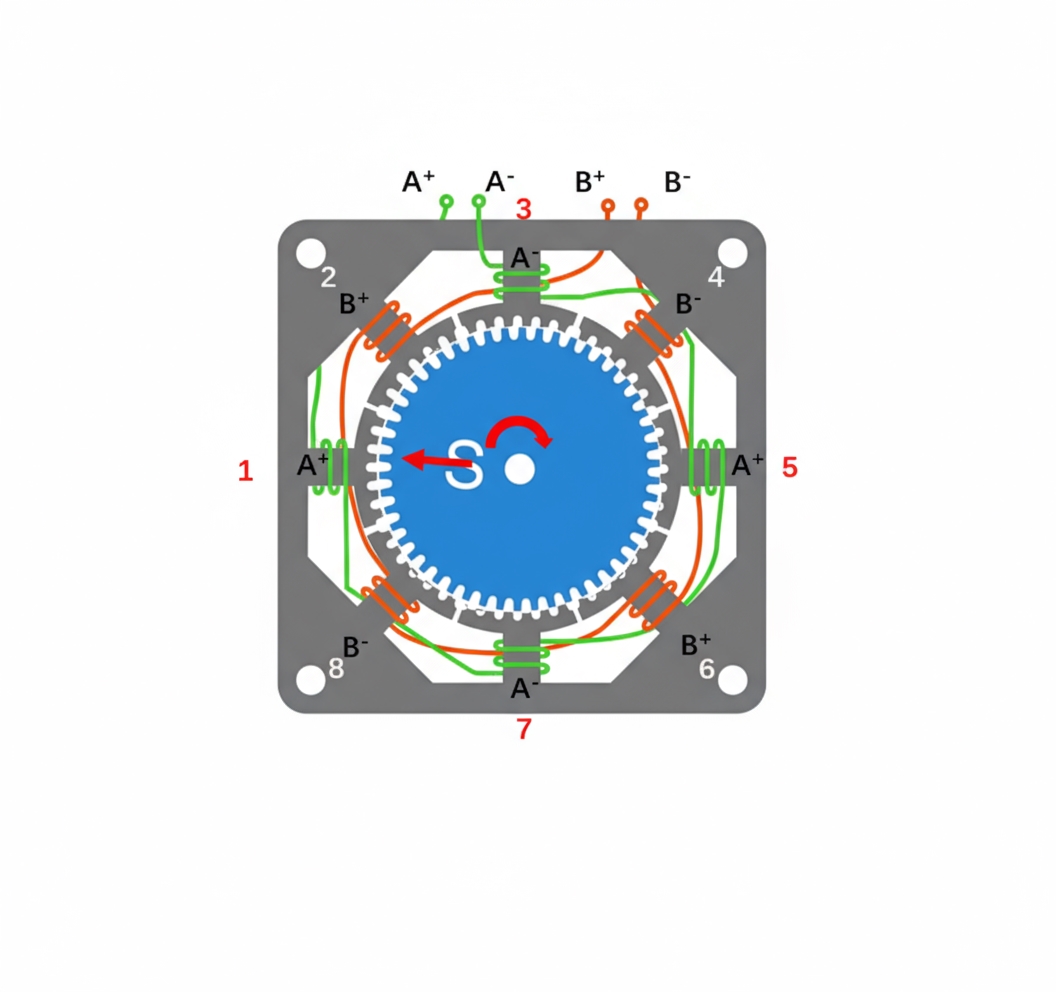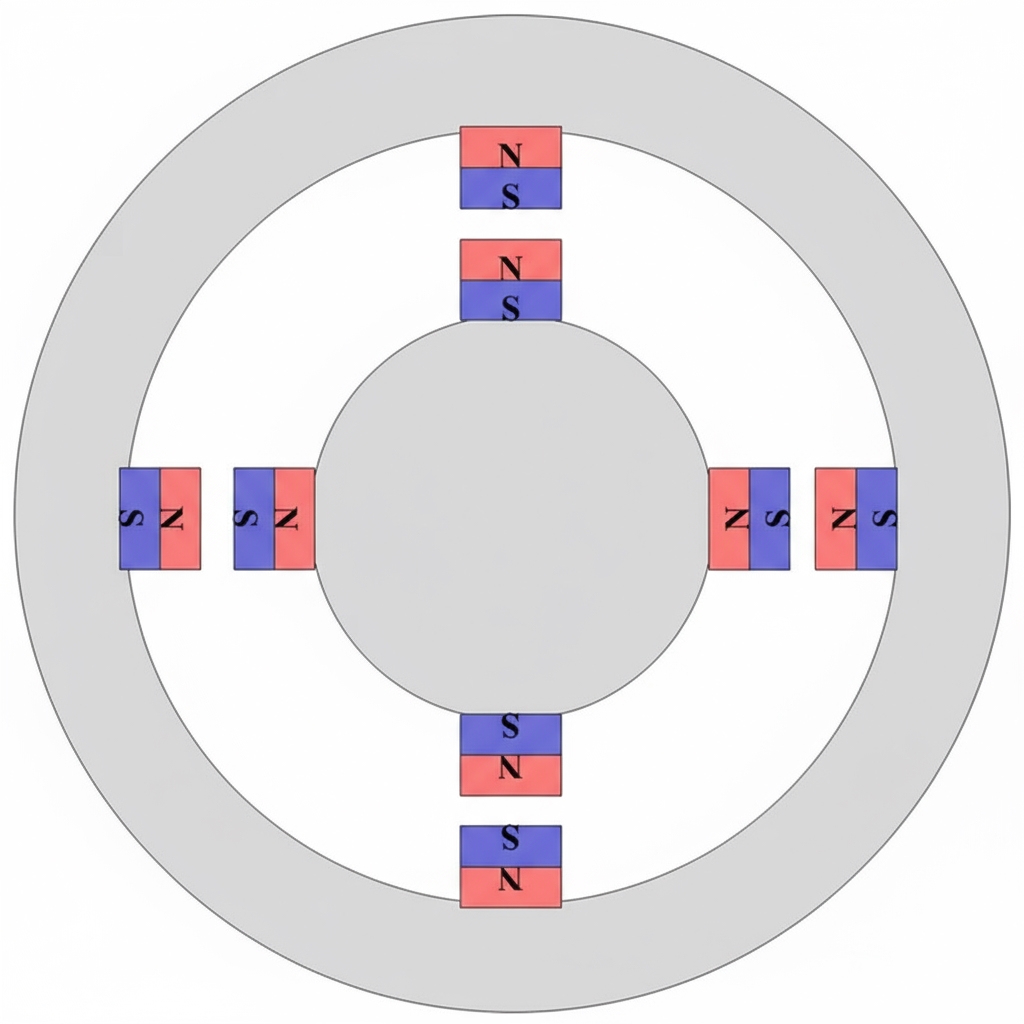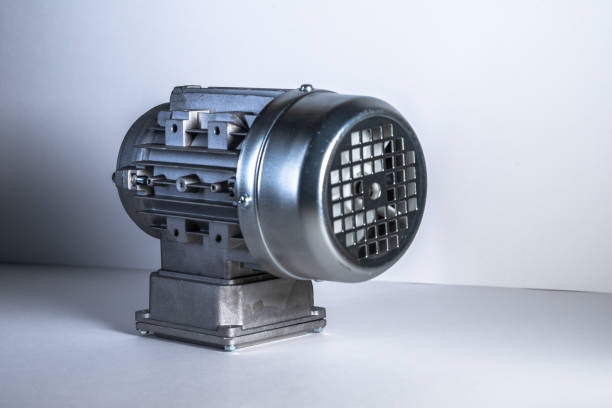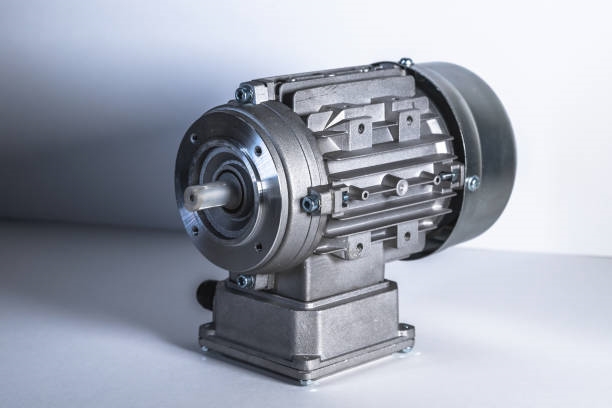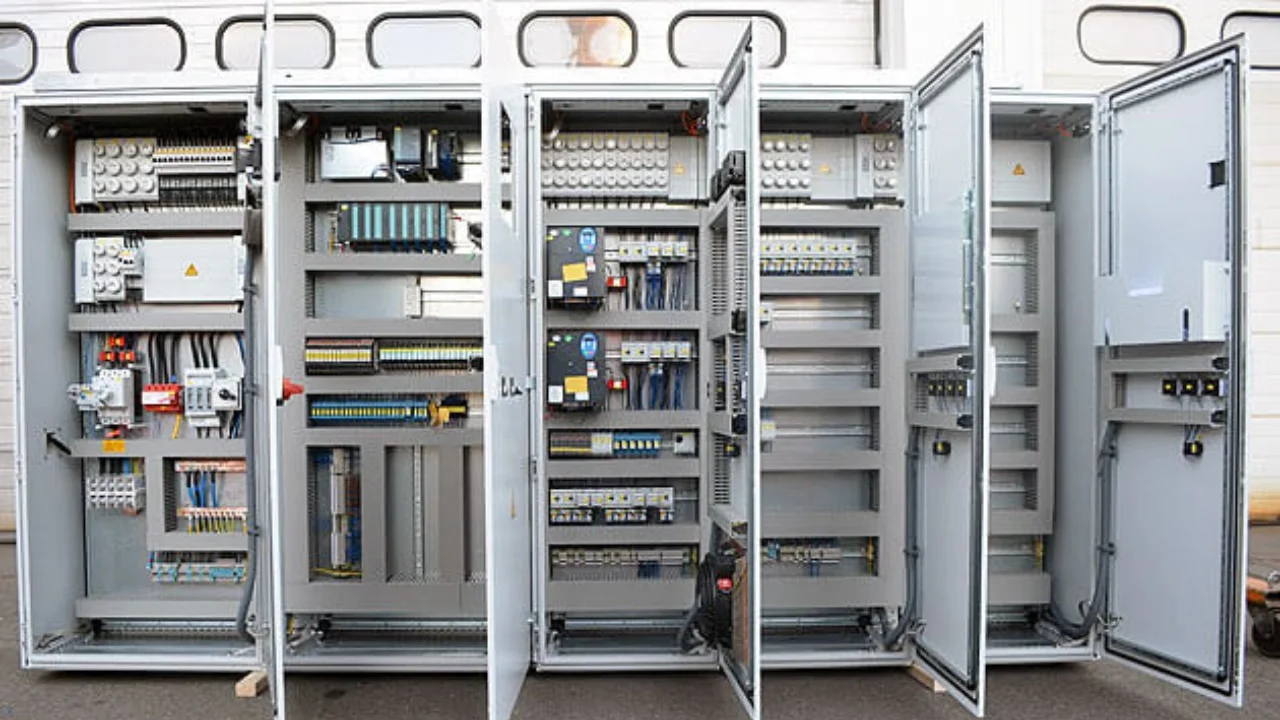Electric motors convert electrical energy into mechanical energy, but some energy is lost during this process. Motor losses are typically categorized into variable losses, fixed losses, and stray losses.
Types of Motor Losses
Variable losses depend on the load and include stator resistance losses, rotor resistance losses, and brush resistance losses.
Fixed losses are independent of load and consist of core losses and mechanical losses. Core losses include hysteresis and eddy current losses, which are proportional to the square of the voltage. Hysteresis losses are also inversely proportional to frequency.
Stray losses encompass mechanical and other losses, such as friction in bearings and air resistance caused by rotating components like fans and rotors.
Techniques to Reduce Motor Losses
Stator Losses
Stator I2R losses, also known as stator copper losses, increase with output power due to higher input currents and temperatures. In efficient motors, these losses account for over 30% of total losses at rated load.
Methods to reduce stator I2R losses include:
- Increasing the stator slot cross-sectional area, though this reduces magnetic circuit area and increases tooth flux density.
- Improving the stator slot fill factor, particularly effective for low-voltage small motors, by optimizing winding and insulation dimensions and using larger conductor cross-sections.
- Shortening the stator winding end lengths, which account for 25¨C50% of winding losses. Reducing end length by 20% can decrease losses by 10%.
Rotor Losses
Rotor I2R losses, or rotor copper losses, depend on rotor current and resistance.
Techniques to reduce rotor losses include:
- Reducing rotor current by increasing voltage or improving the motor¡¯s power factor.
- Increasing the rotor slot cross-sectional area.
- Lowering rotor winding resistance by using thicker conductors or low-resistance materials. For small motors with cast aluminum rotors, switching to cast copper rotors can reduce total losses by 10¨C15%, though this requires higher manufacturing temperatures and costs 15¨C20% more.
Core Losses
Core losses result from eddy currents induced by alternating magnetic fields, leading to excessive heat and potential motor failure if not managed.
Methods to reduce core losses include:
- Reducing magnetic flux density by lengthening the core, though this increases iron usage.
- Using thinner laminations, such as cold-rolled silicon steel instead of hot-rolled, to reduce eddy current losses, though this raises manufacturing costs.
- Employing high-permeability cold-rolled silicon steel to minimize hysteresis losses.
- Applying high-performance insulation coatings to laminations.
- Optimizing manufacturing processes, such as cutting silicon steel along the rolling direction and applying heat treatment to reduce residual stresses, which can lower losses by 10¨C20%.
Stray Losses
Stray losses include no-load and load-related losses not accounted for by core, mechanical, or copper losses. No-load stray losses are additional losses beyond basic core losses, while load stray losses arise from load currents.
Techniques to reduce stray losses include:
- Using heat treatment and precision machining to reduce rotor surface short circuits.
- Insulating rotor slot surfaces.
- Optimizing stator winding designs to minimize harmonics.
- Improving rotor slot geometry, such as using skewed slots, sinusoidal windings, distributed windings, or short-pitch windings, to reduce higher-order harmonics. Replacing traditional insulation slot wedges with magnetic slot wedges or filling stator core slots with magnetic slot mud can also lower stray losses.
Windage and Friction Losses
Windage and friction losses, caused by air resistance against rotating components like the rotor and cooling fan, account for approximately 25% of total motor losses.
Methods to reduce these losses include:
- Minimizing shaft diameter while meeting torque and rotor dynamics requirements.
- Using high-efficiency bearings.
- Implementing efficient lubrication systems and lubricants.
- Adopting advanced sealing technologies.
 ALLPCB
ALLPCB


